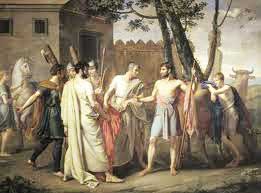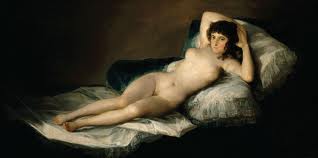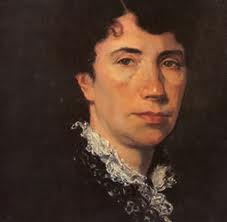Romanticism poetry
Spanish Romantic poetry was a short lived but intense movement which took place during the first half of the 19th century. Romantic poetry was a lot more cultivated in countries such as the United Kingdom and Germany, but Spanish writers still produced a large amount of notable work. As with other Romantic literary work, poetry detaches itself from the strict rules of Neoclassicism. This was a time when creative and inventive imagination was becoming more important than reason. Myths and symbols were used instead of allegory. The Romantic writers talk about their emotions, freedom, love and social claims with a surprising intensity as the power of human emotion begins to be appreciated during this period. Furthermore, nature begins to be thought of as divine; particularly the smallest details such as pebbles and insects.
Poetry of the Spanish Romanticism

The definition of the term Romantic poetry varies, however in general it is considered to be poetry that goes in search of freedom, contains a high emotional content, and uses various traditional and folkloric sources as inspiration. The poetry of the Spanish Romanticism movement during the first half of the 19th century is marked by the existence of two different movements: the neoclassic poetry spans from 1800 to 1830, and the truly Spanish Romantic poetry spans from 1830 to 1850. The writers of this section of Spanish Romantic poetry tended to produce different kinds of poems:
- Intimate Poetry: this is the most Romantic type of work. The writer talks about his feelings on love, friendship, society...
- Narrative Poetry: based on history or legends, and like a prose story, it has a setting, a plot and characters.
- Epigrammatic Poetry: with satiric undertones
- Social Poetry: the characters are normally outcasts who lead a free and exotic lifestyle.
All these types of poems have common characteristics, especially in the topics they treat, which are:

- I, the inner self: Romantics all agree that reality was found inside one's self, and it couldn't be perceived through the 5 regular senses. For them, art is another form of knowledge, and the artist is a discoverer who's able to see inside himself and express what he sees through his works. This was particularly well done by Espronceda.
- Passionate love: Love is consuming, sweeping and thoughtless. These poems are normally inspired in great historic and legendary loves.
- Religion: most of the writers during this time were either atheists or agnostics, and many reject religion.
- Social claims: writers yearn for equality in all aspects. They write about outcasts, social pariahs and often express the feelings of the workers who suffer the bourgeois lifestyle.
- Nature: shown in all its glory and splendor. Compositions are normally set in mysterious, exotic and idyllic settings.
- Satire: often used when writing about political or literary events.
Spanish Romantic poetry also affected the types of verses used. In comparison with previous movements like the Neoclassicism which adhered to specific verses, Spanish Romantic poetry uses all the verses available, often mixing them and using other languages and innovations as they liked. This was another way in which the Romantics rejected the reason and logic of previous literary movements. This innovative characteristic of Romanticism will also be present in the Modernism movement at the end of the century.

The most important authors of the Spanish Romantic poetry period are:
- José de Espronceda, most characteristic figure of the Spanish Romantic poetry movement
- Gustavo Adolfo Bécquer, post-romantic, one of the main players of Spanish poetry and precursor, together with Rosalía de Castro, a writer from the modern Spanish poetry period.
- Rosalía de Castro, considered one of the precursors of modern Spanish poetry.
Some Spanish literature critics have claimed that some of the main Spanish Romantic poets only produced copies or echoes of the works written by foreign writers. Nonetheless, this means that these writers took influence from some of the best Romantic writers in the world, and then added their own touch, hence their work is still highly revered by most. However, other genres of Spanish Romantic literature were much more original than the poetry.
Bécquer's poems are still studied in Schools in Spain, and they have withstood the test of time, still being considered today as the perfect example of Spanish Romantic poetry.

